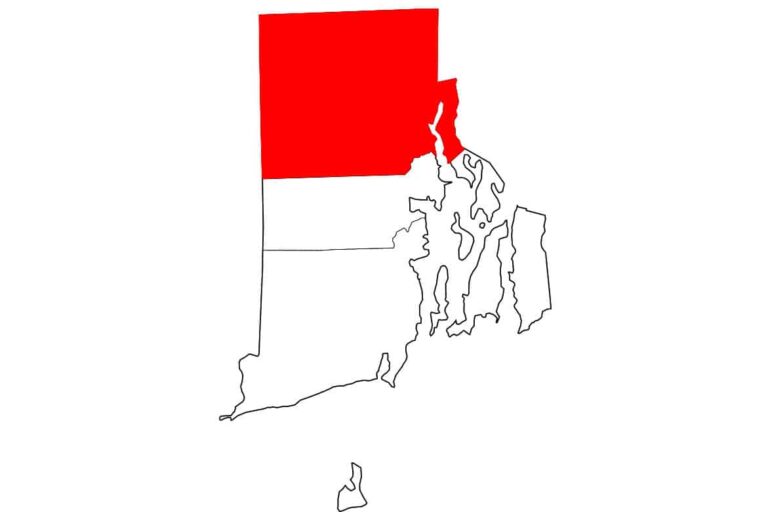
At the 2021 International Equine Infectious Disease Conference, Manabu Nemoto, DVM, PhD, of the Equine Research Institute and Japan Racing Association, discussed current information about equine coronavirus. He emphasizes that currently equine coronavirus exists everywhere in the United States except Hawaii and Alaska. This strain of coronavirus is similar to that of the bovine species. Transmission of this highly contagious virus is mainly through the fecal-oral route.
Japan has had four outbreaks (2004, 2009, 2012 and 2020) with horses showing signs of fever, depression, anorexia and digestive disturbances. Twenty percent of febrile cases had concurrent diarrhea and colic.
In the USA only, 3% have experienced encephalitic signs of circling, head pressing and ataxia.
In Japan, outbreaks typically had a 1- to 2-month duration and occurred in every season with infected horses of every age. In 41 horses in the 2020 outbreak, morbidity was 37% with subclinical case incidence of 64%.
Treatment is accomplished with intravenous fluids to address dehydration and antibiotics to prevent secondary infection. Most horses recover in 2-4 days with a good prognosis; however, a horse with neurologic sign tends to have a bad prognosis.
The best diagnostic test is done with fecal qPCR, but a virus neuralization test with paired sera is also useful. Infected horses had antibody titer increases ≥4. Viral excretion persists for a long time.
Nemoto noted that there might be a different susceptibility between breeds with Thoroughbred horses excreting virus for a lesser duration (19 days) than non-Thoroughbreds (98 days). Subclinical cases could be spreaders, as well.








